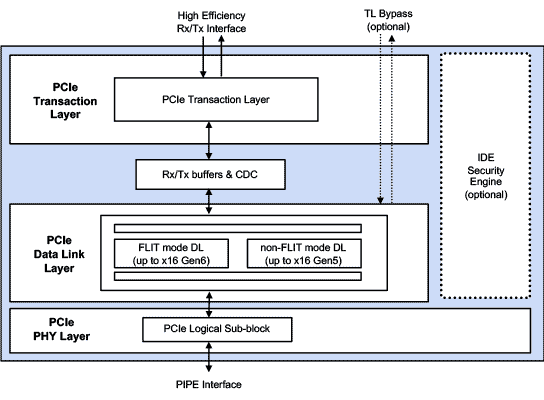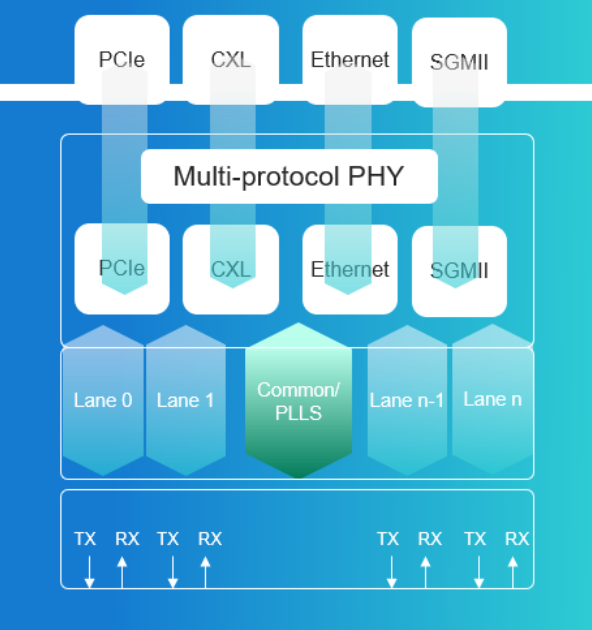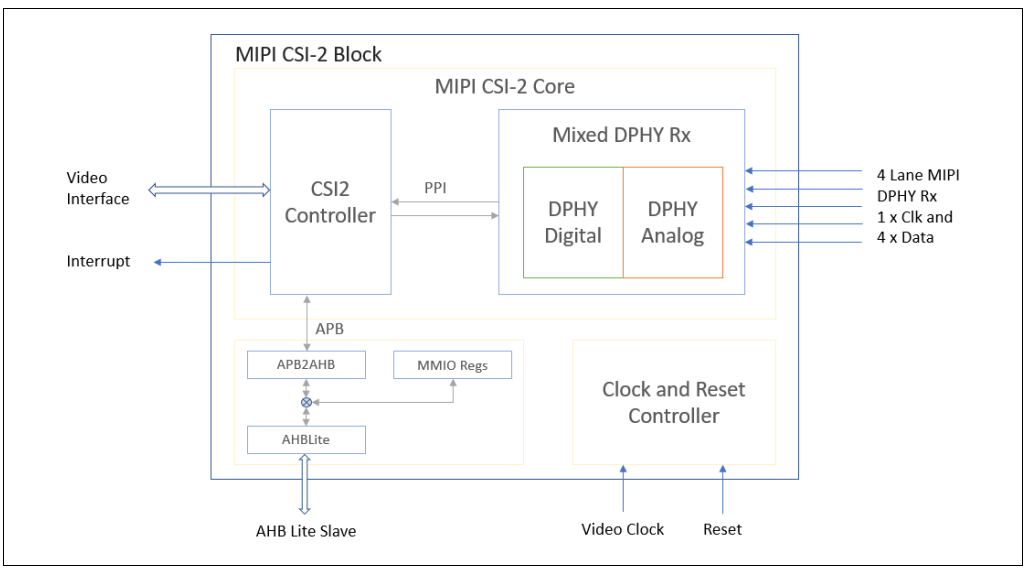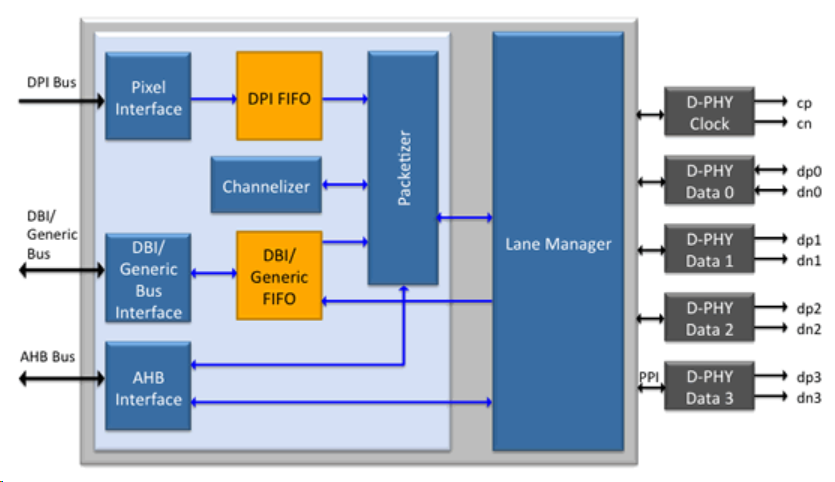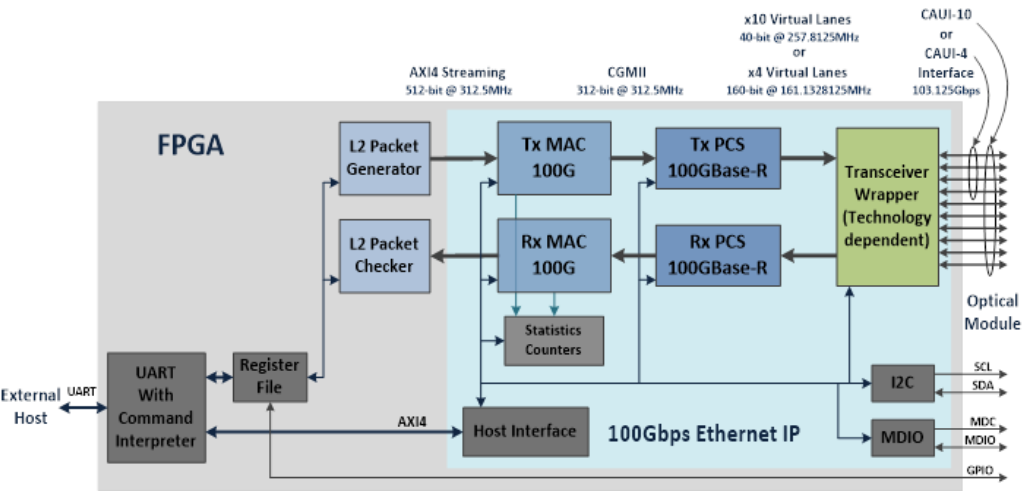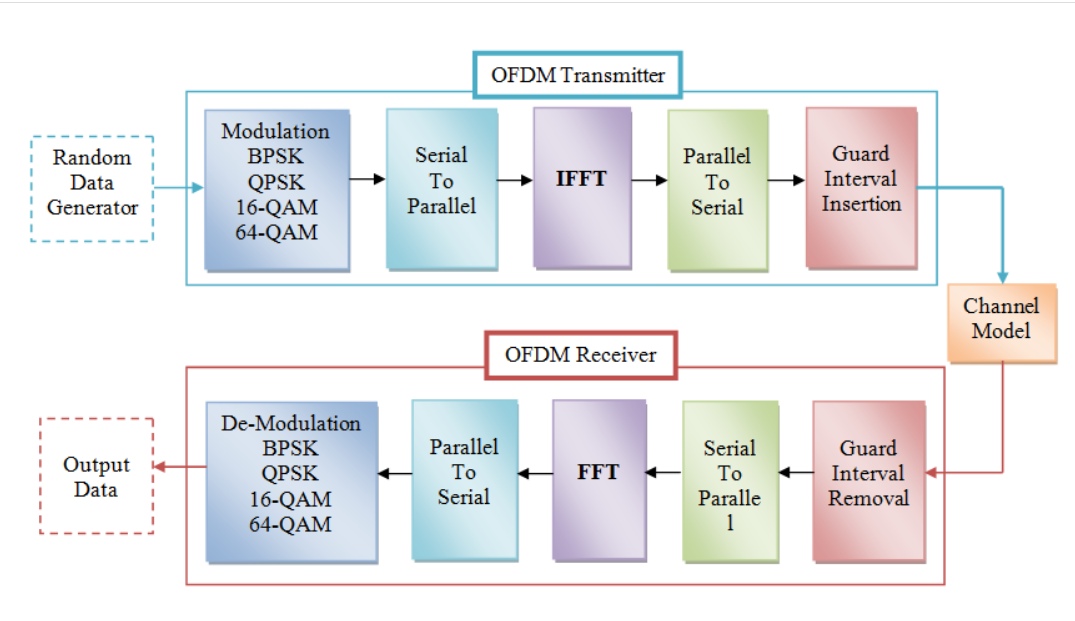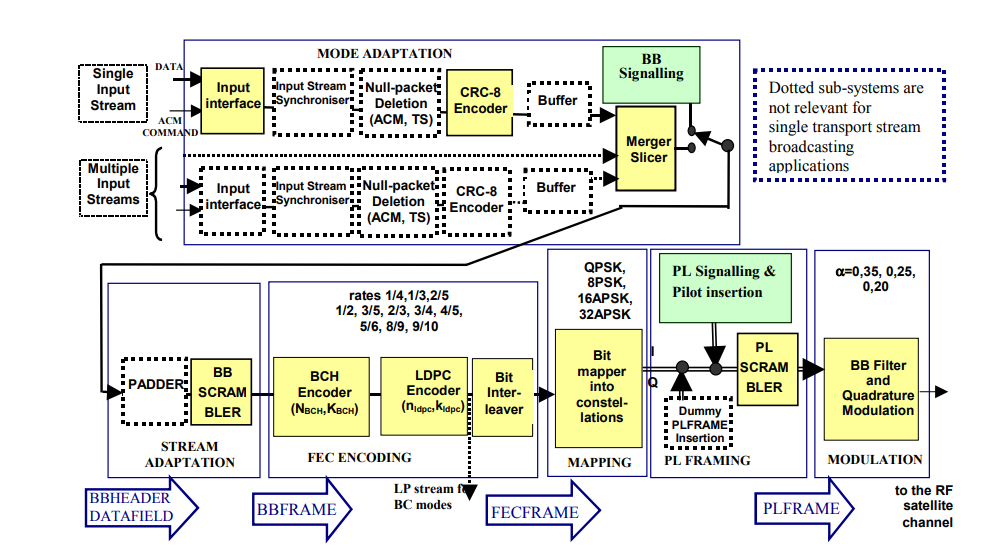Wireless communication
AID-PSP
Adaptive Interactive detection- Per-Survivor Processing
Main Features
- ● MATLAB Simulation, Using FEC code
- ● Source codes (synthesizable VHDL/ Verilog/sys Gen Model) of PHY Components
- ● Design & Development of PHY Controller software
- ● PHY characterization and configuration
- ● CPM Modulator & Demodulator
- ● DQPSK /QPSK modulator
- ● FLDPC Encoder& Decoder with different block size (encoded)
- ● FPGA Implementation
Benefits & Applications
- ● High speed & Reliable Communication
- ● High data rate enabling faster & real time communication
- ● Suitable for High performance computing requirement
- ● Configurable to accommodate multiple demodulation schemes, decoding algorithms
- ● Helpful in joint data detection and adaptive parameter filtering
Technical Specifications
PHY Components
1: CPM Modulator/ Demodulator
- Data Rate
- Modulation Index
- Baseband Filtering
- BT product
- Burst size
- Output format
- Mode of Transmission
- Packet length
- Preamble size
- Channel
- Normalized Doppler offset
- SNR @ BER 10^-3(Rayleigh Channel)
- 200kbps to 10 Mbps in steps of 100Kbps
- Programmable up to 0.5
- Gaussian/Raised cosine/Root raised cosine
- 0.1/0.25/0.3
- 100us to 2000us in steps of 100us
- Baseband IQ data
- Burst or Continuous
- Programmable
- <64'
- Rayleigh, Rician with K factor=10
- 2%
- ≤25dB for slow & flat Rayleigh channel (Partial response CPM, BT=0.25, Gaussian Pulse shaping)
2: DQPSK/QPSK modulator
- Data Rate
- Differential Encoding
- Baseband Filtering
- Roll off factor
- 200kbps to 10 Mbps in steps of 100Kbps
- On/Off
- Root raised cosine
- 0.1/0.25/0.3/0.35/0.4/0.5 (programmable)
3: LDPC Encoder/Decoder
- Block size(encoded)
- Code rate
- Operating clock
- Throughput
- Max no iterations
- Soft Input/output LLR
- 128, 256,512,1024,2048,4096,8192,16384
- 1/3,1/2, 2/3, 3/4, 4/5, 5/6, 6/7, 7/8, 8/9, 9/10
- 200MHz
- 50MHz
- Programmable up to 40
- 6-bits
